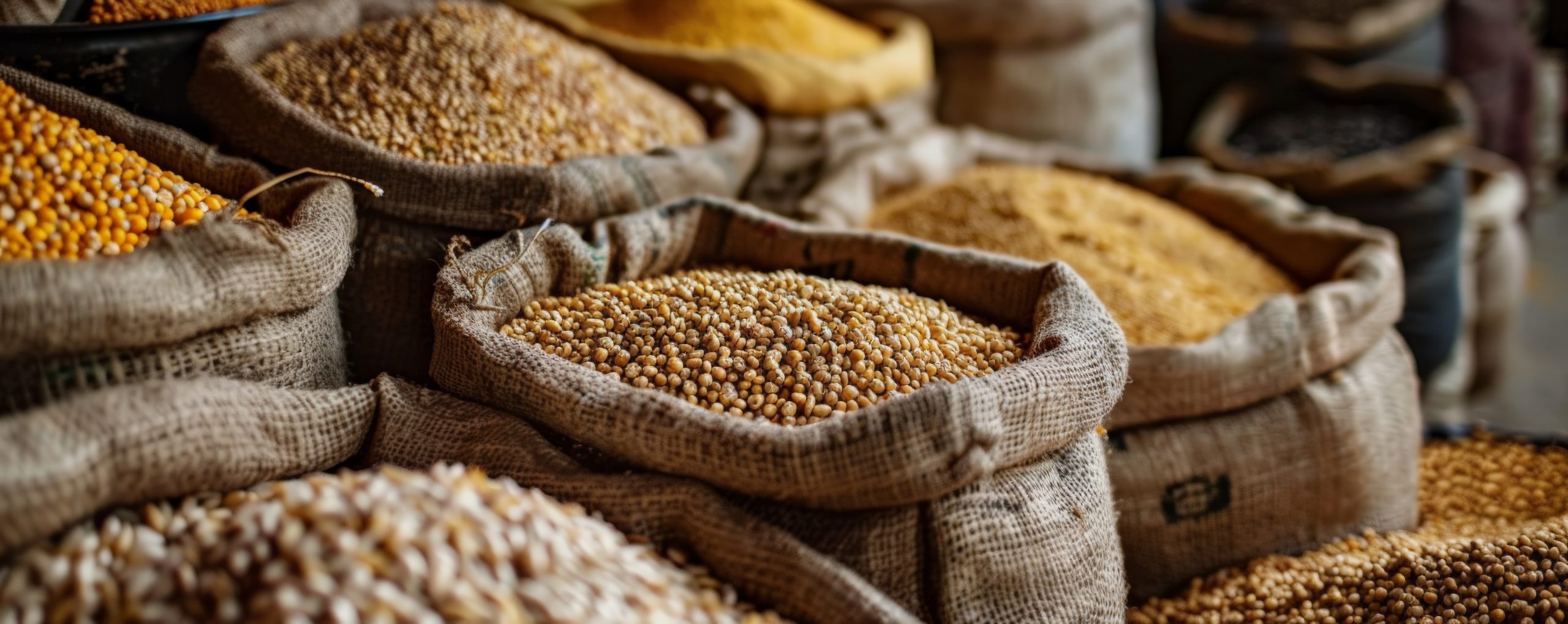Summary:
Russia's recent proposal for a BRICS grain exchange aims to influence global grain prices and ensure food security. However, historical precedents, conflicting member interests, and market dynamics suggest significant challenges ahead. This analysis explores why such an exchange might face substantial hurdles despite its ambitious goals.
The Vision and the Reality
Russia's proposal for a BRICS (Brazil, Russia, India, China, and South Africa) grains exchange presents an ambitious vision: influencing global grain prices, protecting domestic markets and local currencies, while ensuring food security. While BRICS nations are indeed powerhouses in grain production – from wheat to rice to pulses – the practical implementation of such an exchange faces several fundamental challenges.
Why It's Different from OPEC
Unlike the OPEC cartel's success in oil markets, a BRICS grain exchange would face unique complications:
- Conflicting Member Interests: China and India, despite being major producers, are also significant importers. Their dual role complicates price control mechanisms.
- Internal Competition: The recent expansion of BRICS has brought in members with opposing interests. For instance, Russia is a major exporter while Egypt is one of the world's largest grain buyers.
- Historical Precedent: The 1933 International Wheat Agreement serves as a cautionary tale. This initiative, involving Argentina, Australia, Canada, and the US, failed when members didn't adhere to acreage reduction guidelines, leading to supply issues.
Market Dynamics and Global Response
The proposal faces additional challenges in the global marketplace:
- Counter-Alliances: Western grain exporters like Australia, Argentina, Canada, and the US could form their own alliance in response.
- Previous Attempts: A similar proposal for a rice alliance between Thailand and Vietnam failed to materialize when India, the world's largest rice exporter, declined to participate.
- Food Security Concerns: Both China and India prioritize domestic food security over exports, potentially limiting their commitment to price control mechanisms.
The Development Aid Angle
A crucial consideration is how such an exchange would impact developing nations, particularly in Africa. India's current approach to rice exports demonstrates this complexity – while maintaining export restrictions, it allows government-to-government deals to support food-insecure nations. This humanitarian aspect might be challenging to maintain under a formal exchange structure.
Conclusion
While the BRICS grain exchange proposal represents an innovative attempt to reshape global grain markets, the practical challenges appear formidable. Historical precedents, conflicting member interests, and the complex nature of food security suggest that such an exchange might struggle to achieve its objectives. For global grain traders and market participants, these dynamics underscore the importance of maintaining diverse supply chains and understanding the interplay between national interests and international trade mechanisms.
The lesson for modern agricultural trade might be that flexibility and bilateral arrangements could prove more effective than rigid multilateral structures in managing global grain trade flows. As we continue to navigate an increasingly complex global food system, understanding these dynamics becomes crucial for all stakeholders in the agricultural supply chain.
